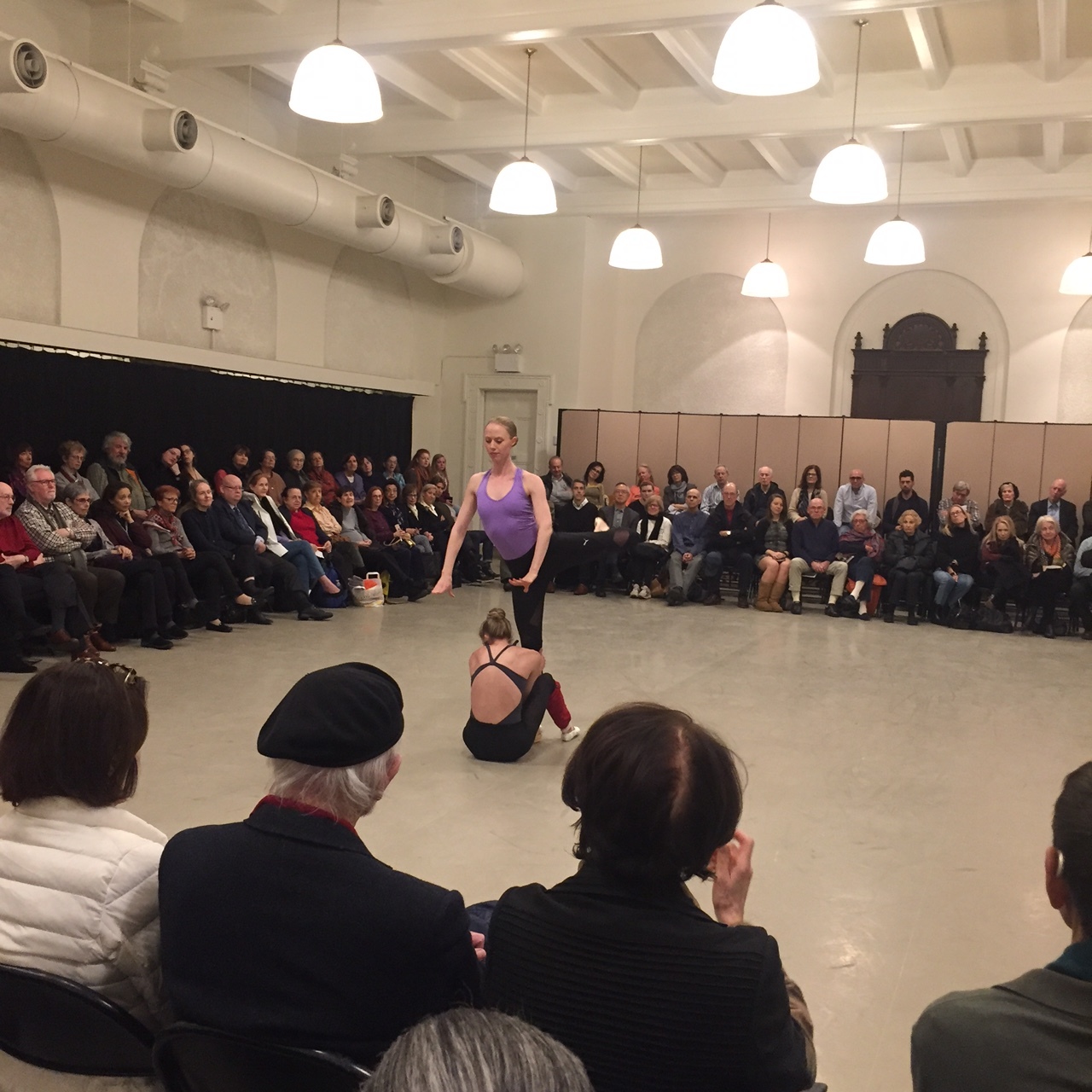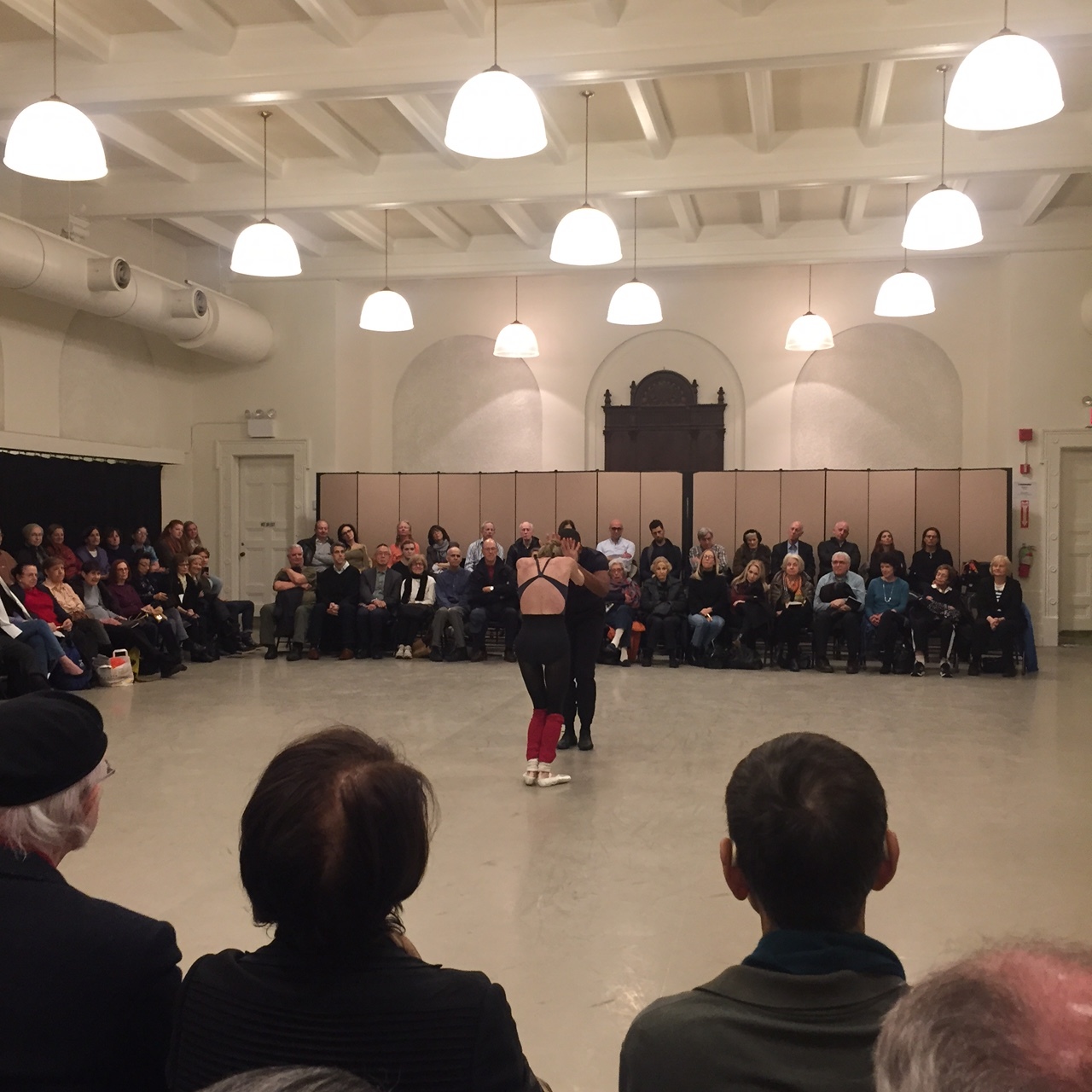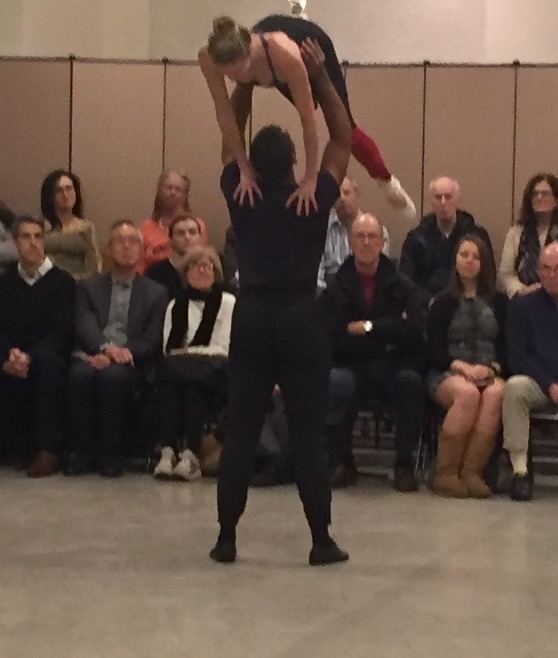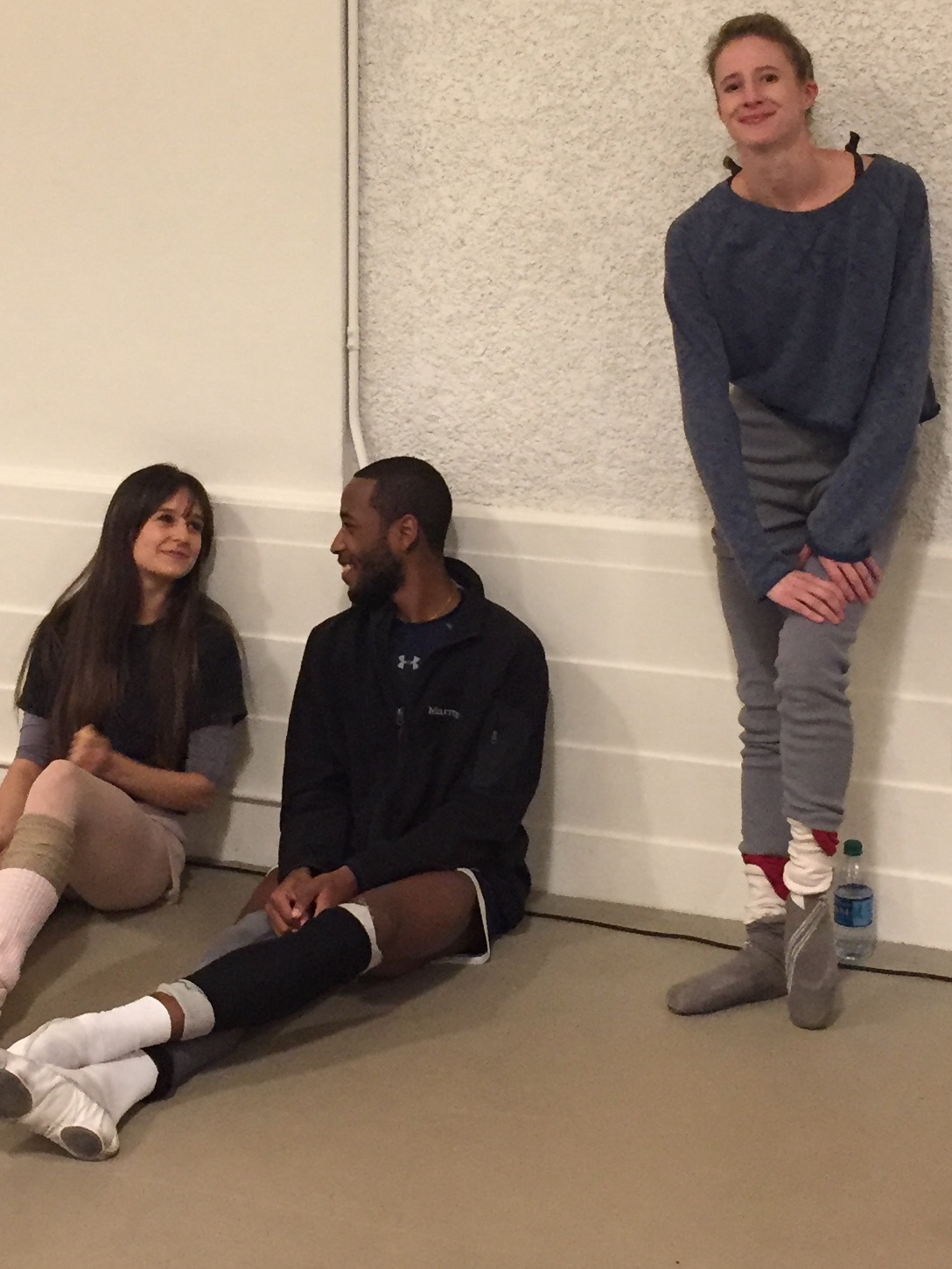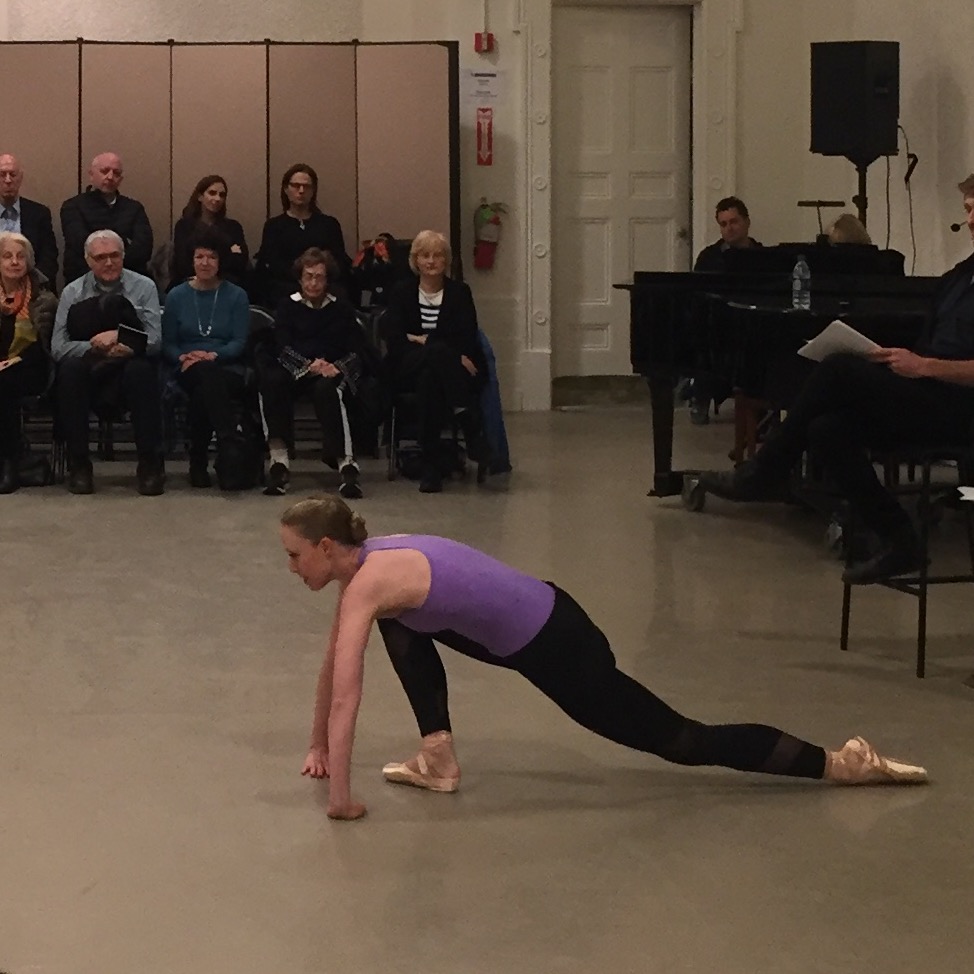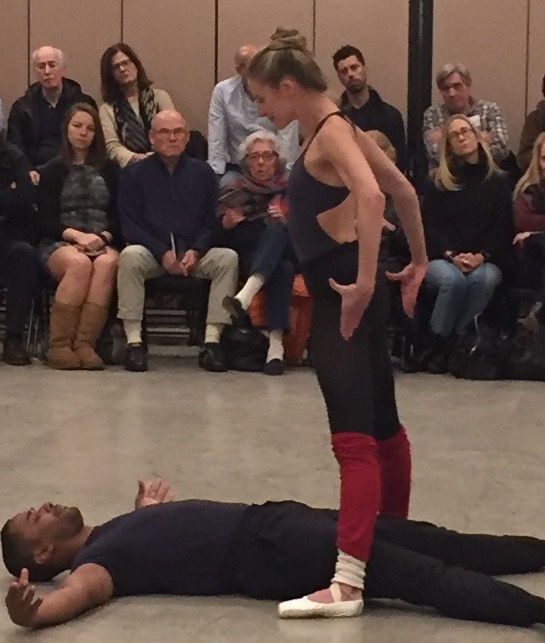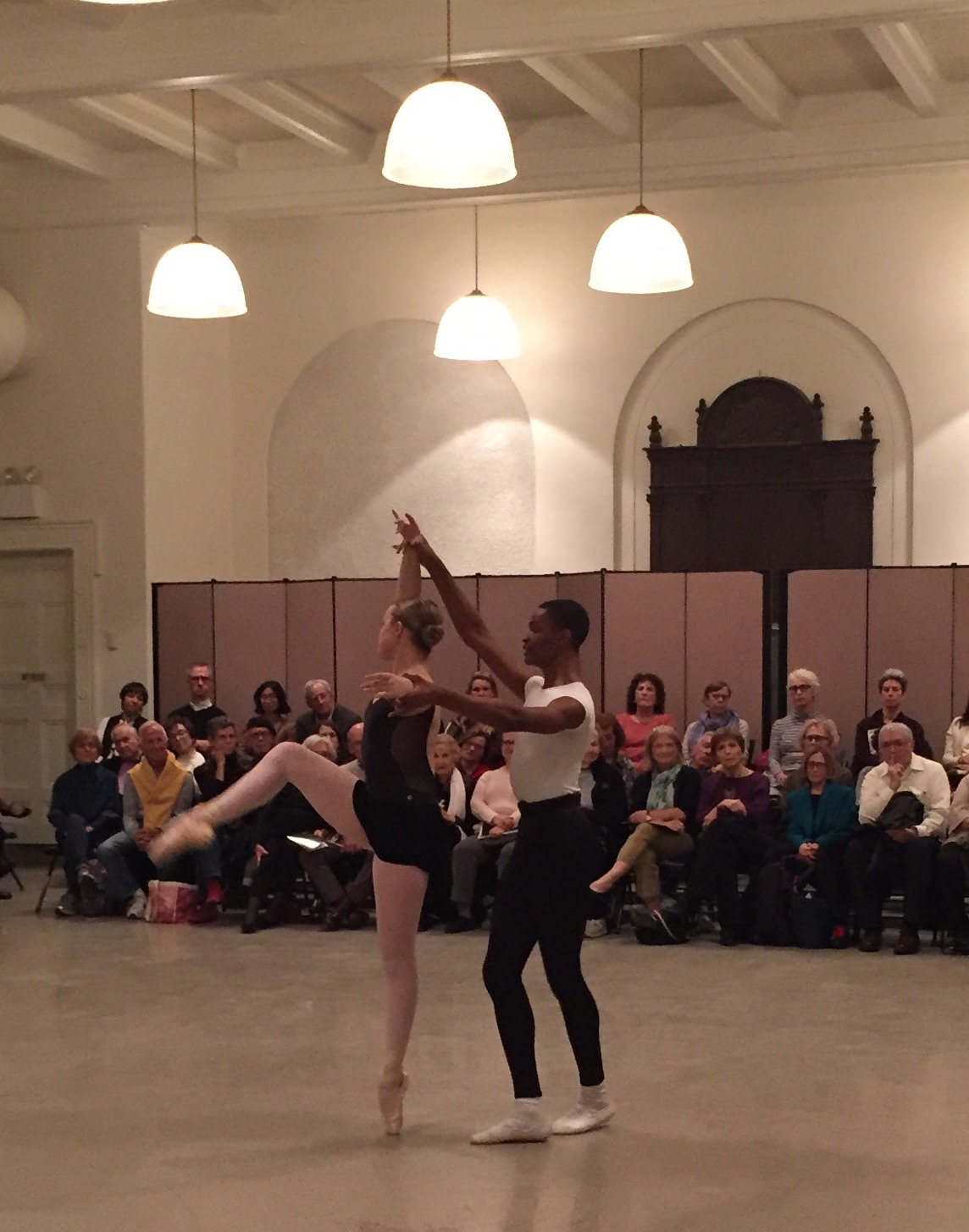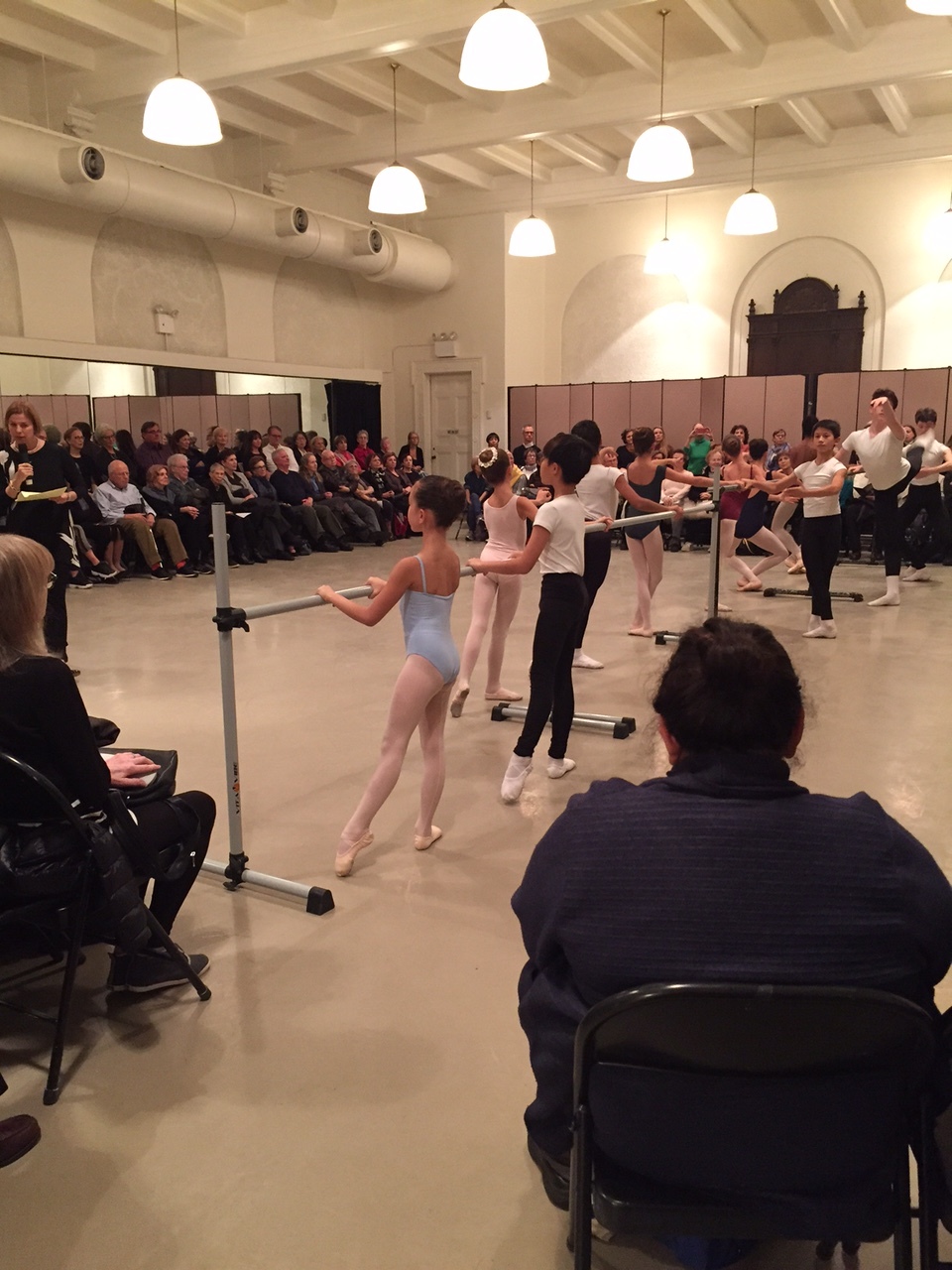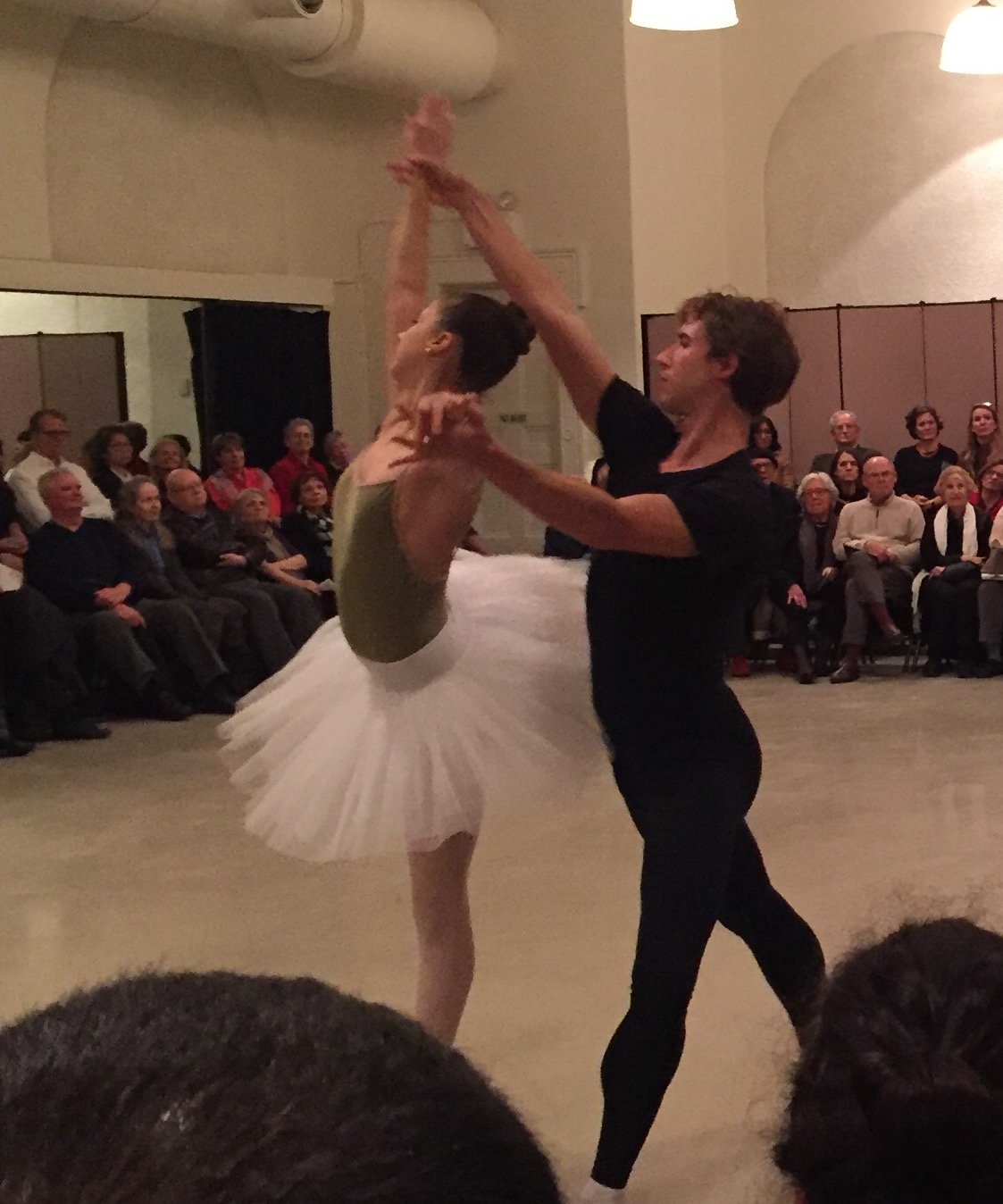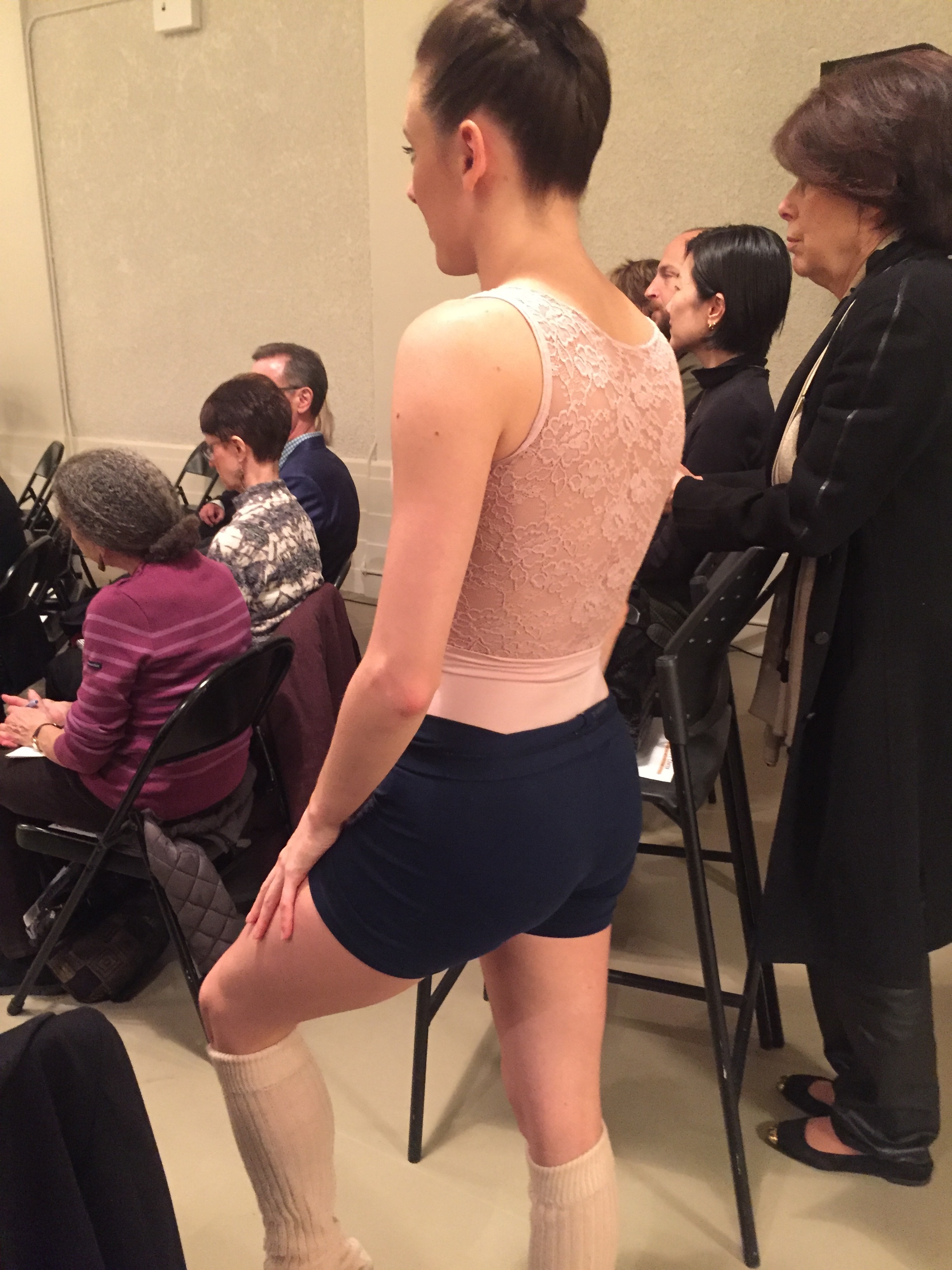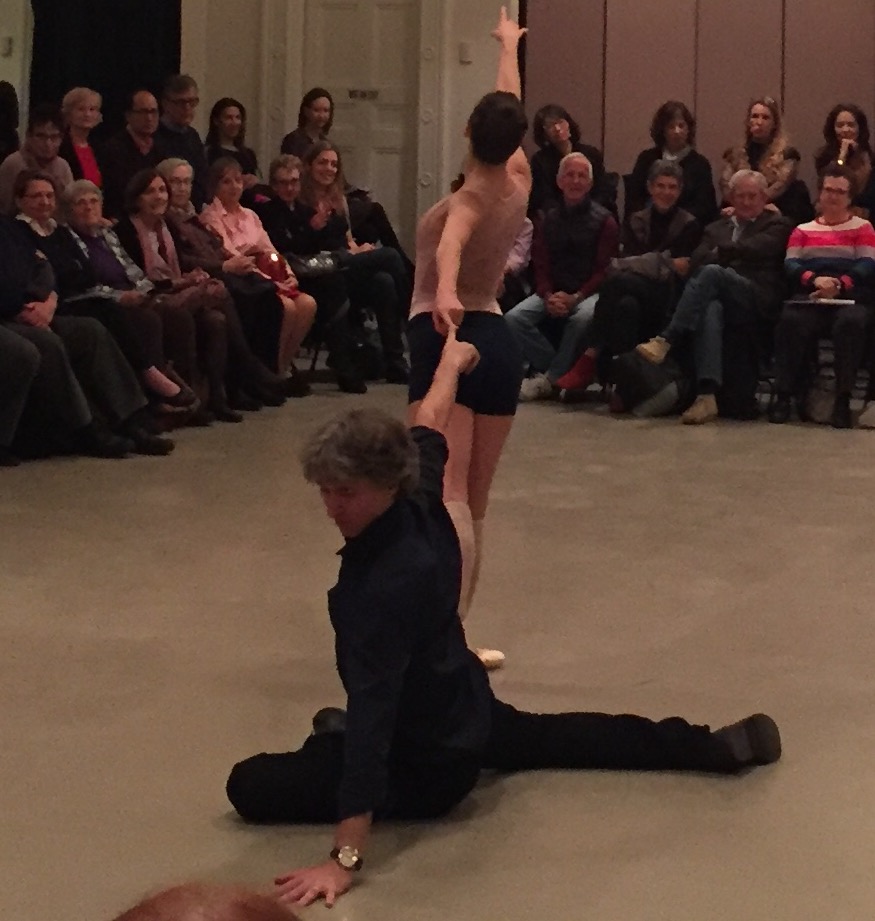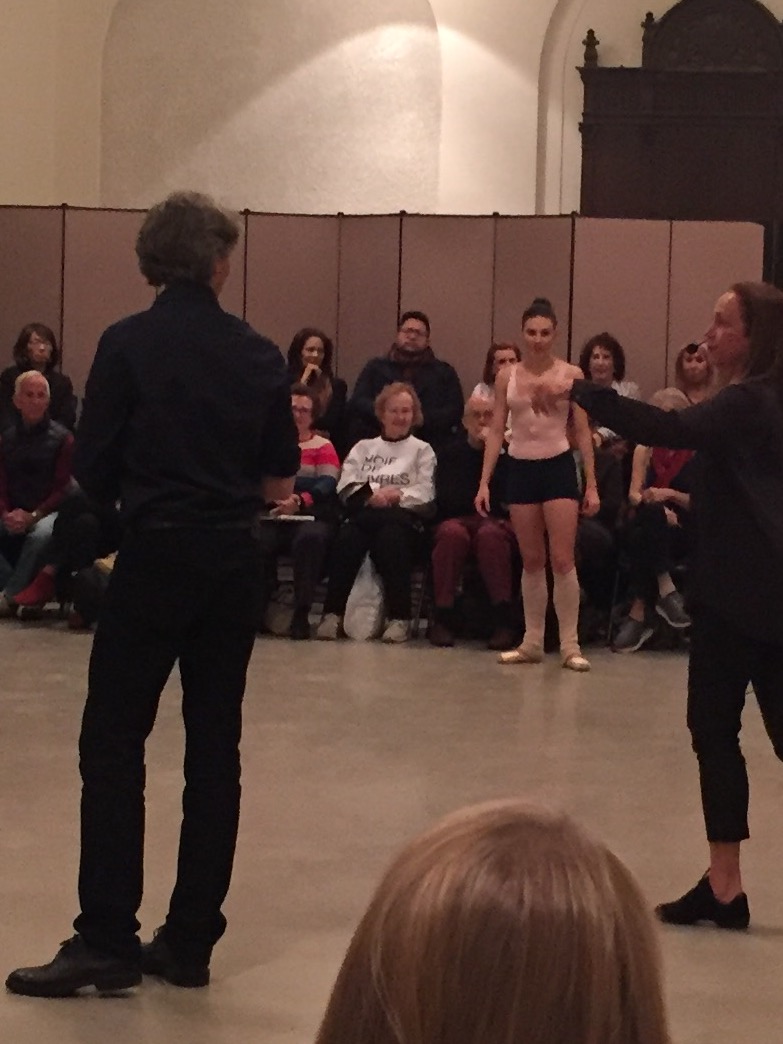I am just this year discovering the City Center rewarding series Studio 5, intimate evenings that let you get up close to superior dancing and understand something of what dancers go through to prepare for a role.
In the last weeks they have focussed on Balanchine. Now, for two evenings, they are moving the dial to my favorite choreographer, Jerome Robbins. I’ve written extensively about his Goldberg Variations, to me one of the most moving and intricate ballets ever made.
Adrian Danchig-Waring, an NYCB principal, in what may have been his first outing as a speaker, needed an editor as he had over prepared his notes—distilled from the biographies and his own experiences— but what he had to say was meaningful. Robbins was a tortured soul: about his Judaism, his homosexuality, his politics, even his talent.
Robbins was not Balanchine, though a disciple. They both had Broadway in their bones, but Robbins made more of a serious career of it (Fiddler, West Side Story, etc). When he came to NYCB he wanted to learn from the master. But his powers of observation and gift for spontaneous though rigorous movement moved him up to be Balanchine’s equal (not everyone agrees with me on this).
Craig Hall, Kennard Henson, Sterling Hyltin, Lauren Lovette and Teresa Reichlen performed two early Robbins masterworks: The Cage and Afternoon of a Faun. I do not like The Cage with its buggy, static movements and deeply Freudian themes though I recognize its being ahead of its time.
But having grown up seeing Allegra Kent and Jacques D’Amboise dance Faun at City Center I was thrust back into the memories of my first understandings about sex and dance and how they can be all mixed up together. This ballet set to Debussy is still one of the most erotic confections and also gives a glimpse of life in a ballet studio and its insistence on the mirror.
